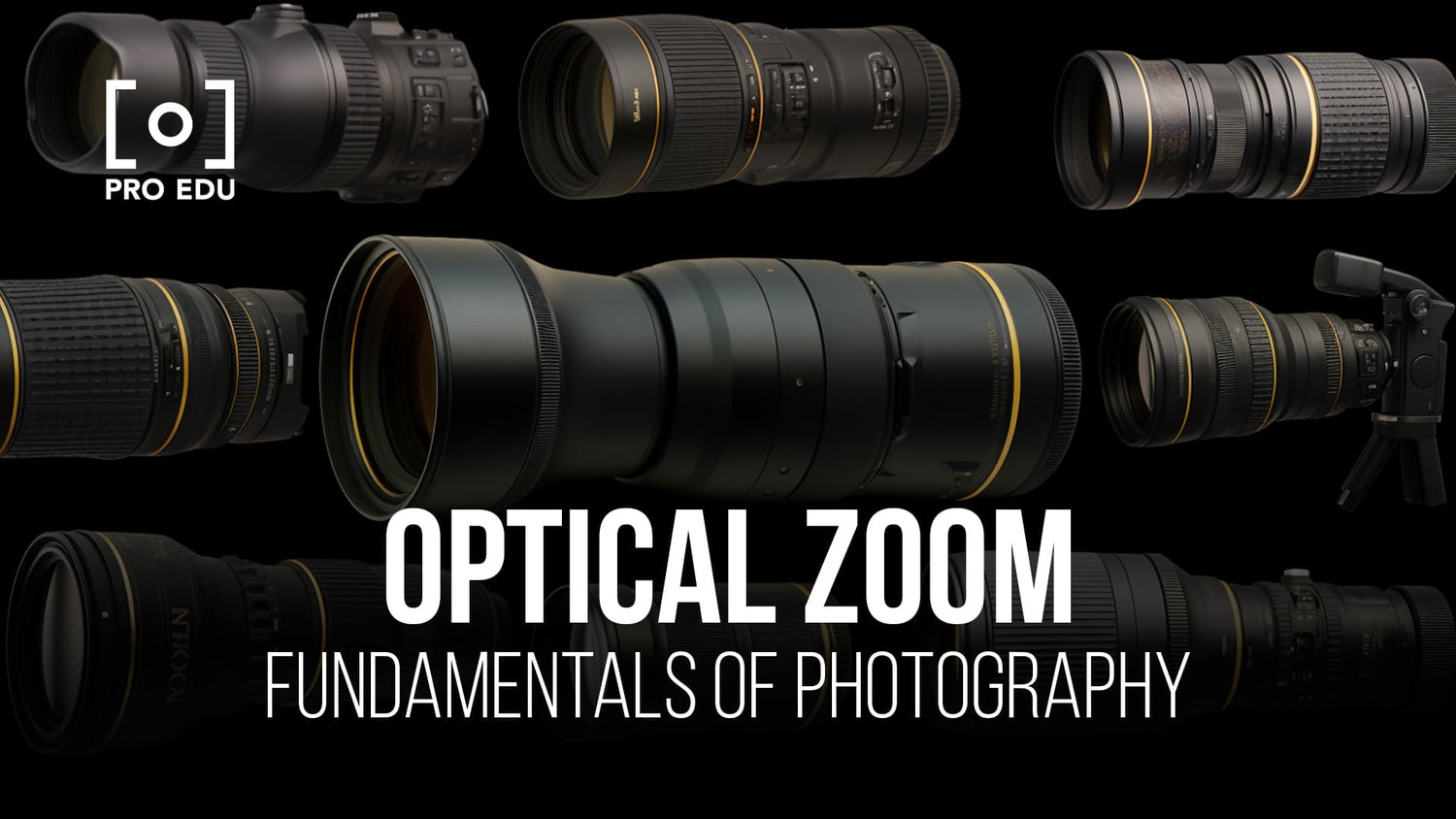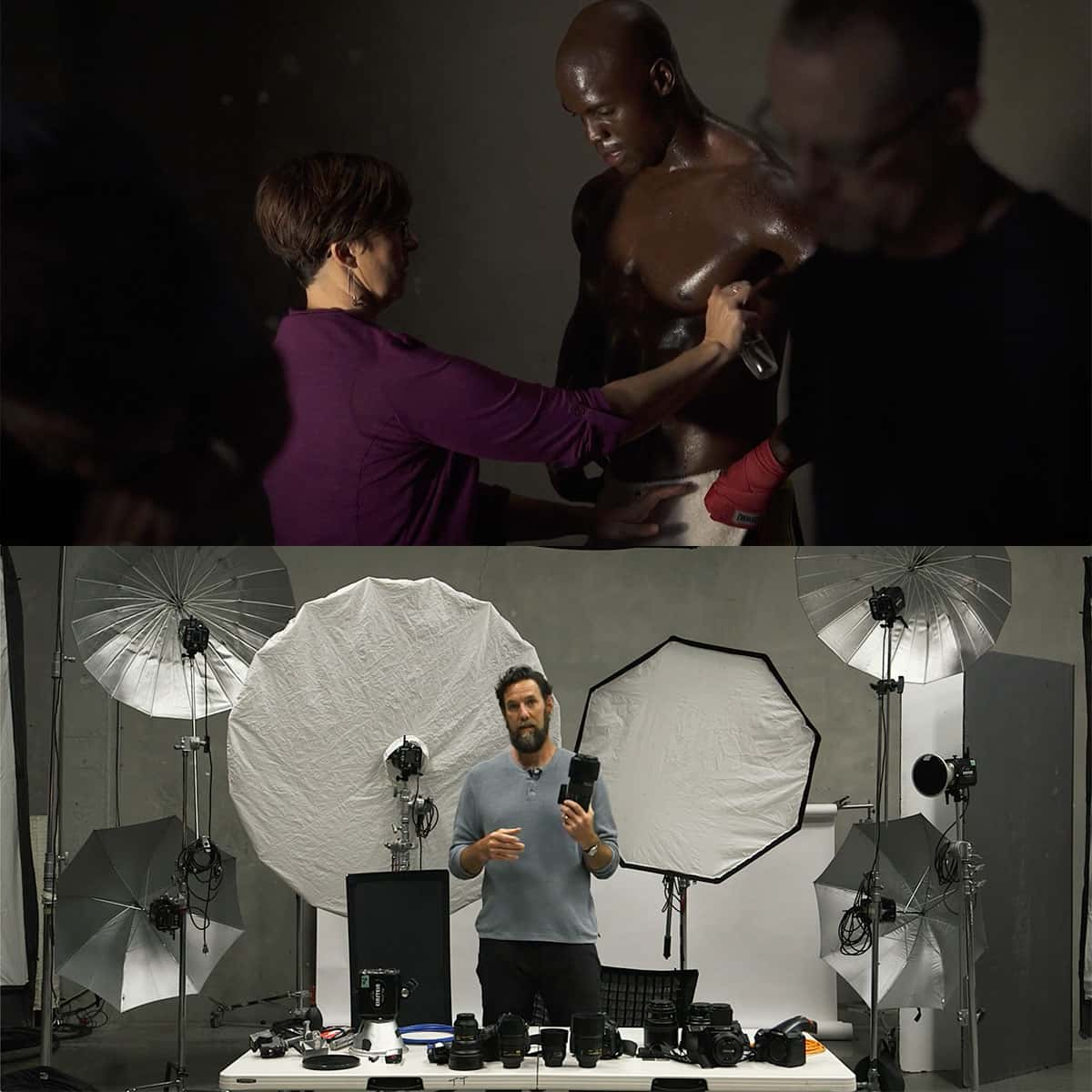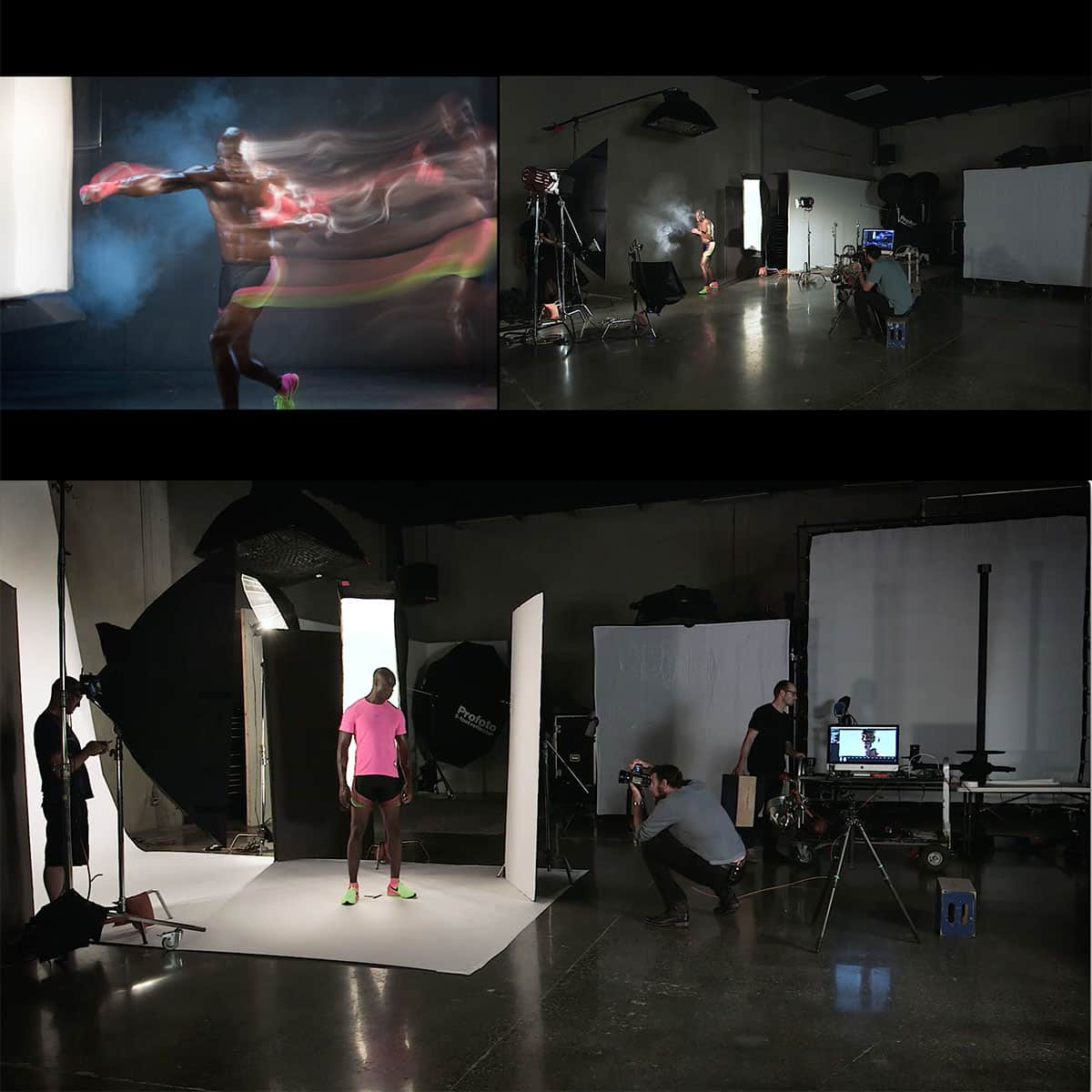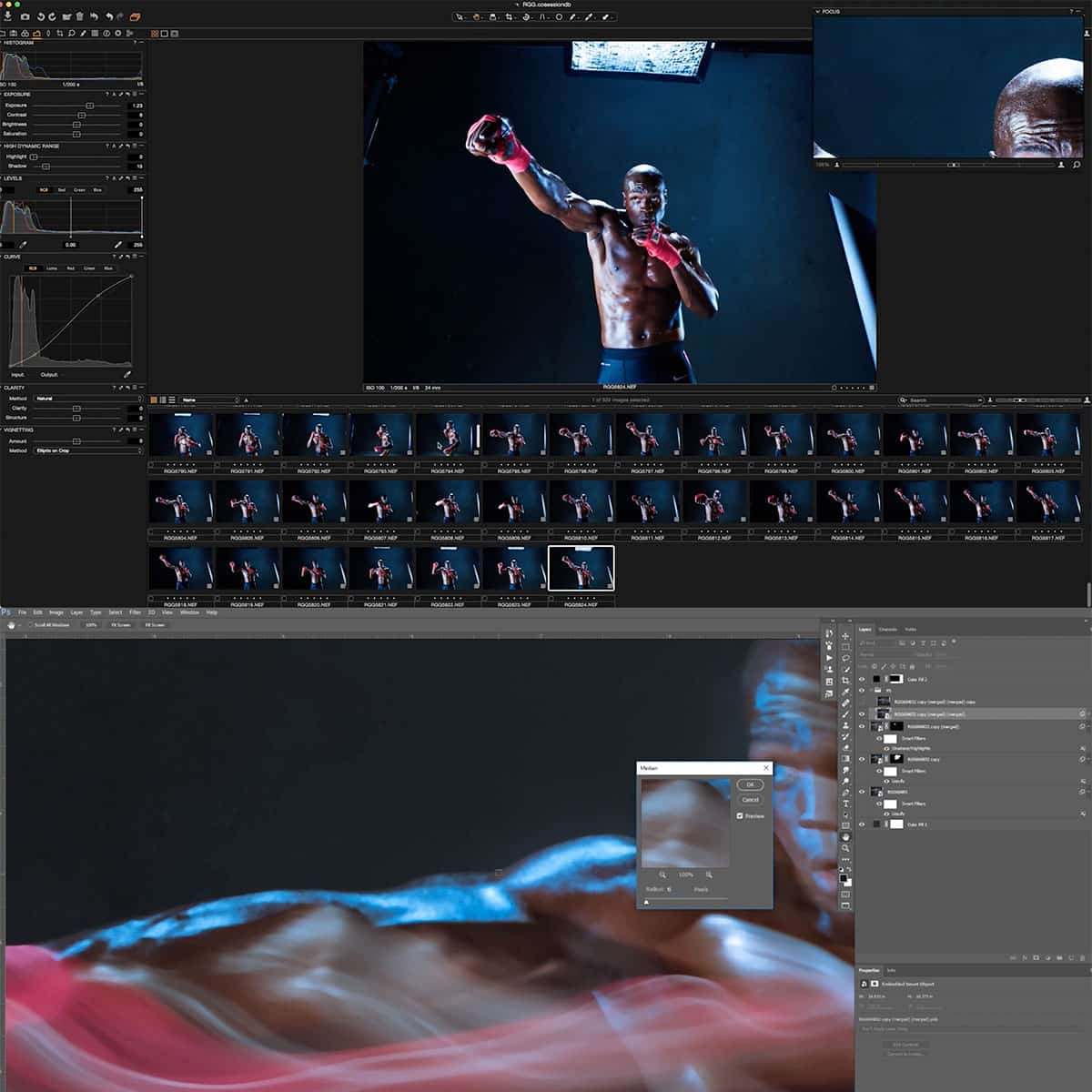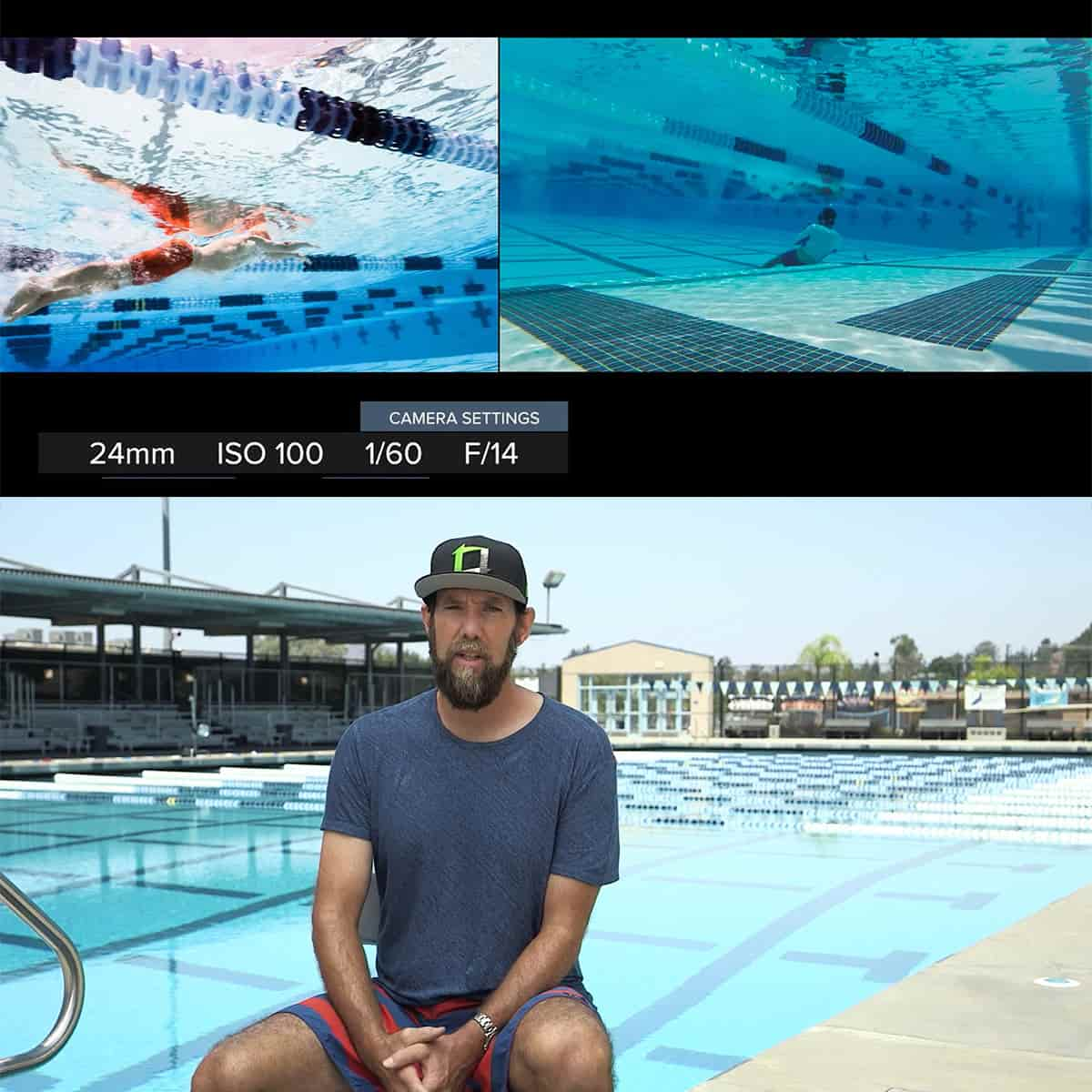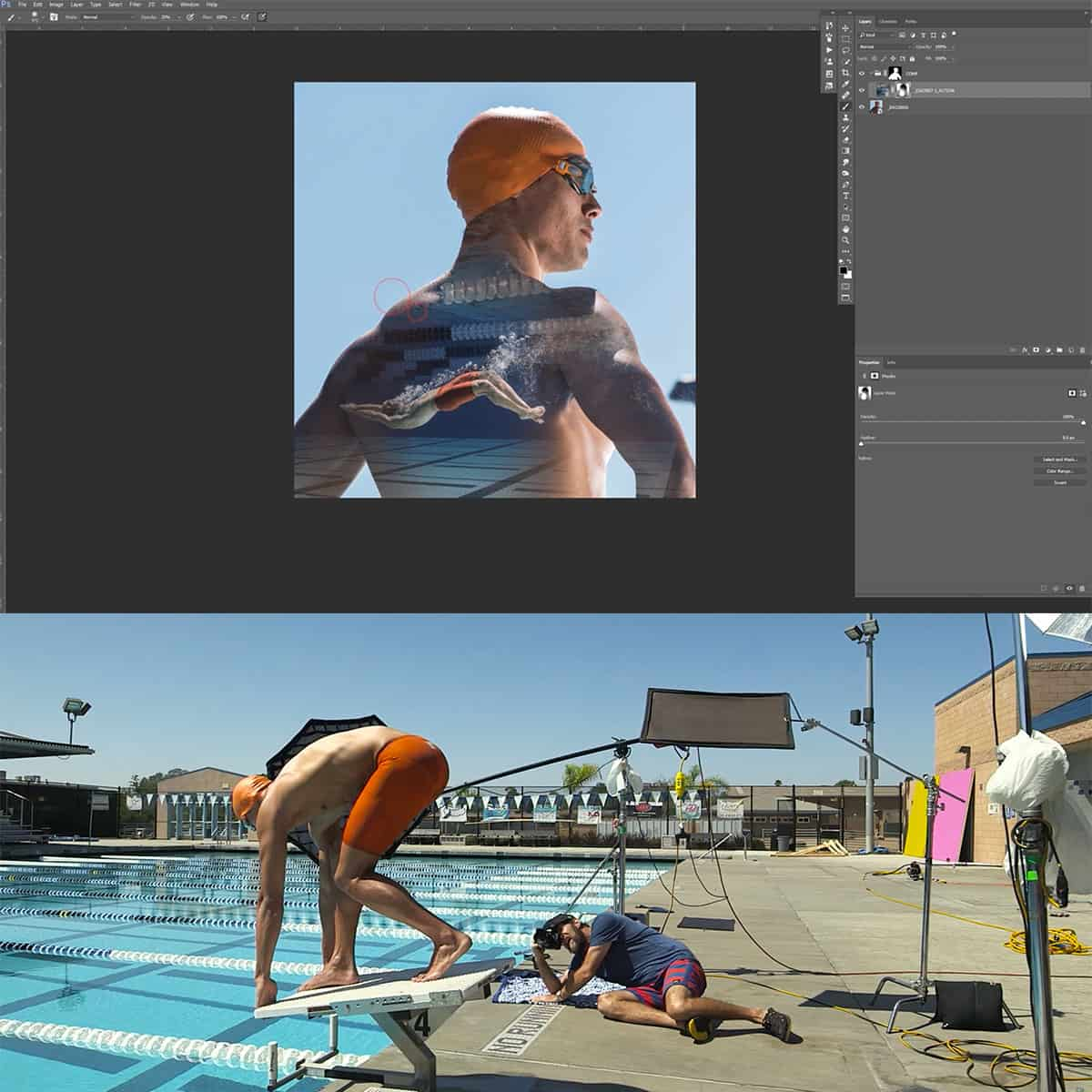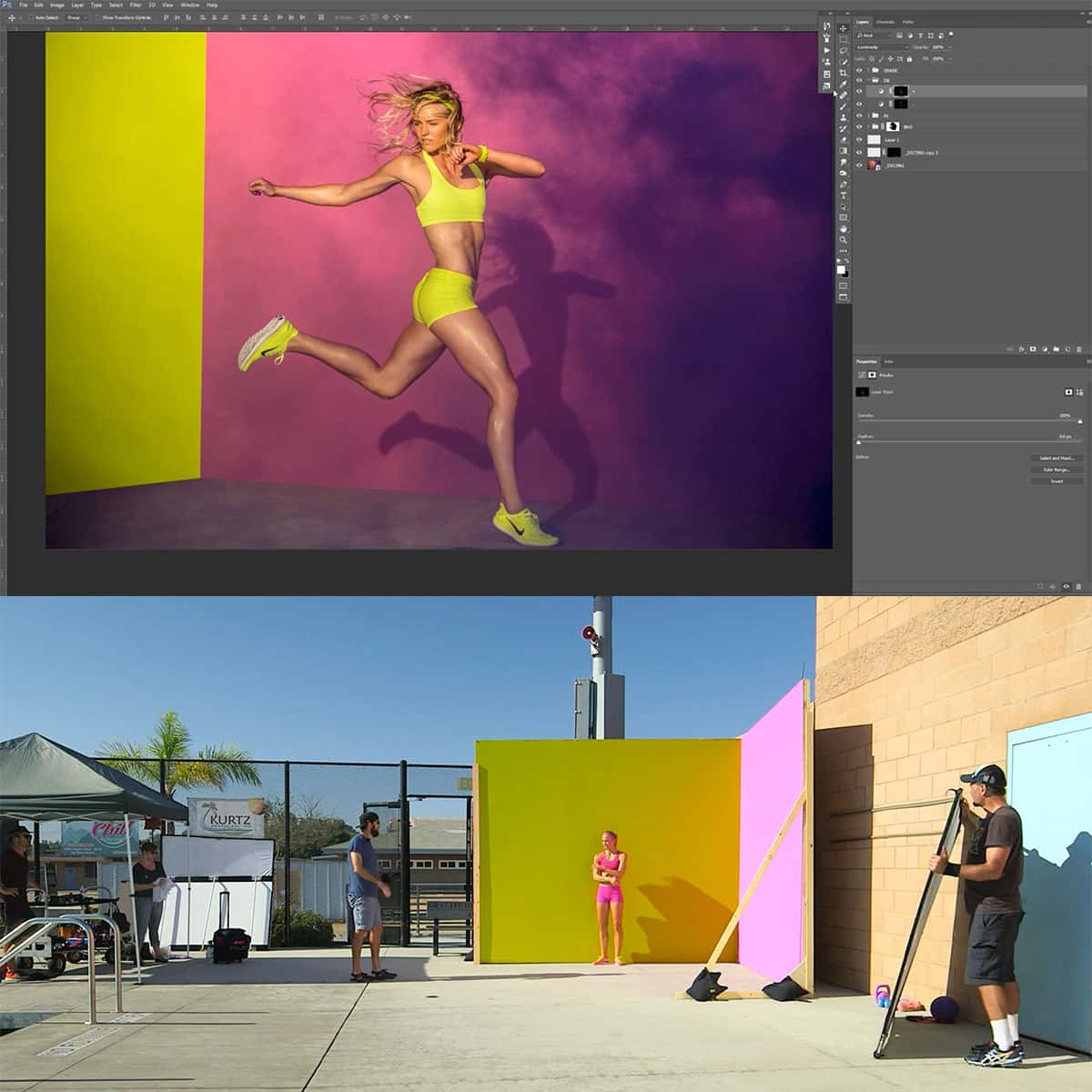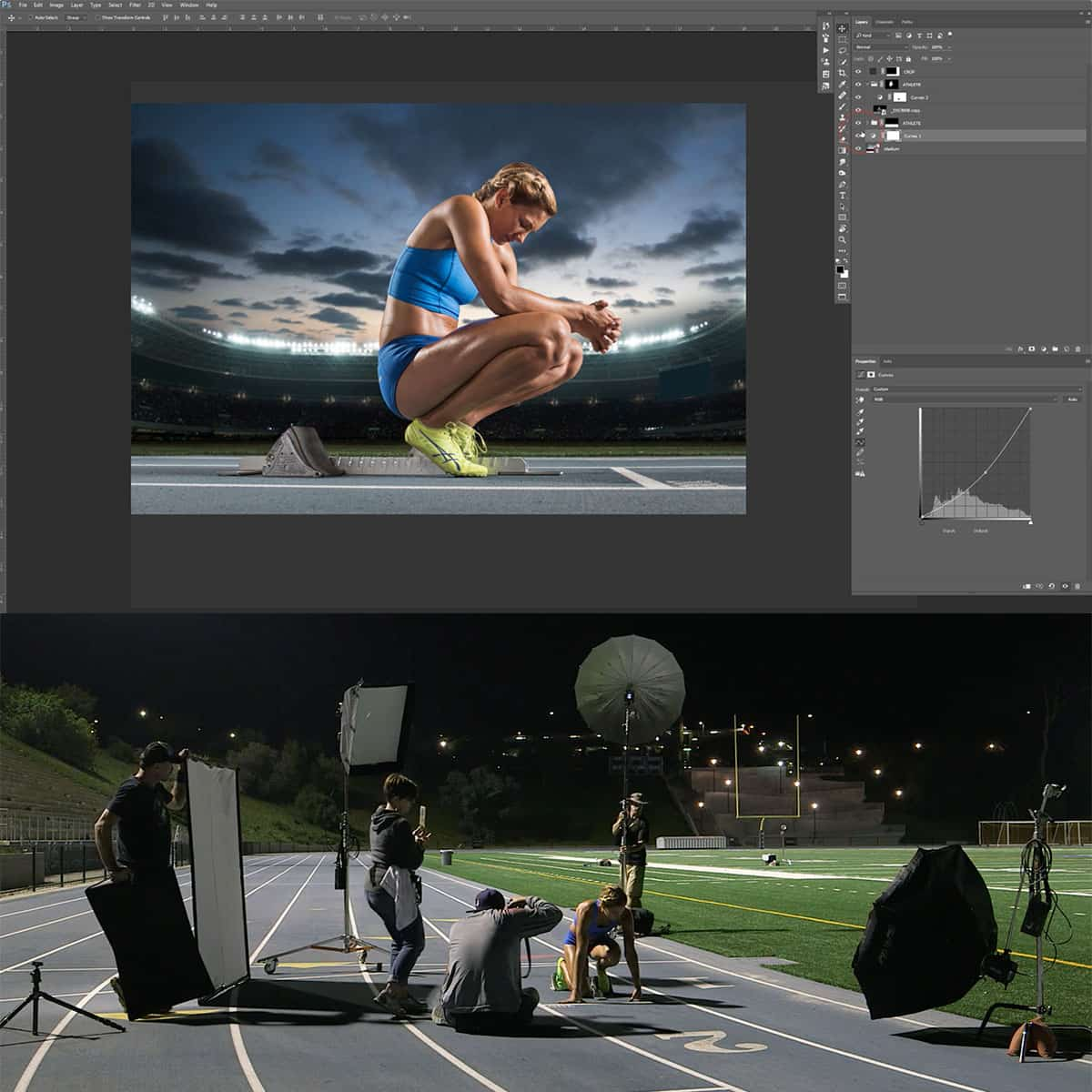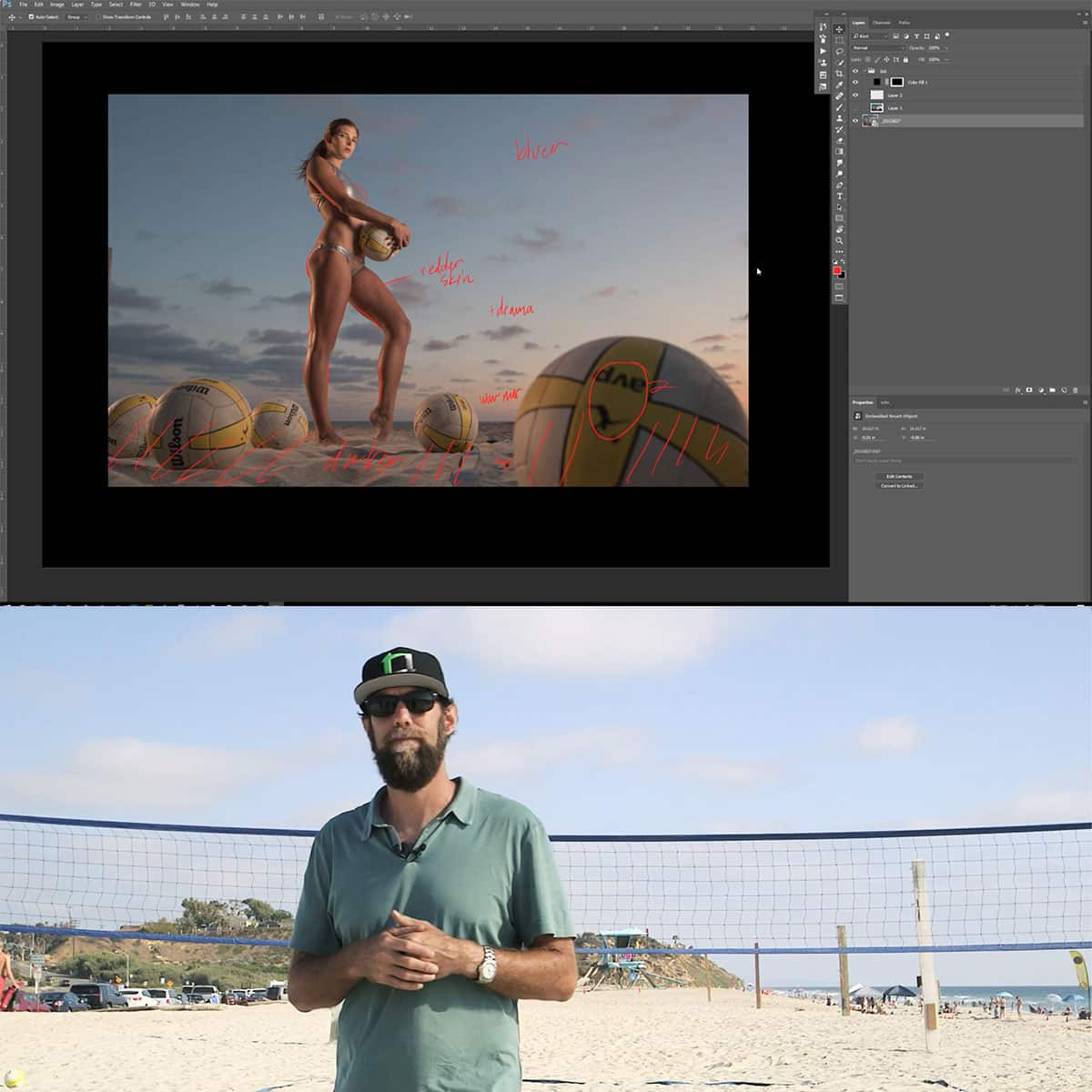Optical Zoom Explained: Focus on Distant subjects with Clarity
In the world of photography, capturing the perfect shot often requires getting closer to your subject. One way to achieve this is by using optical zoom, a feature available in various cameras and smartphones. Optical zoom allows photographers to magnify their subjects without sacrificing image quality, utilizing the lens' physical properties to adjust the focal length.
Compared to digital zoom, which relies on software to crop and enlarge the image, optical zoom maintains the image's detail and sharpness, providing superior results. By understanding the differences between these two zoom types, photographers can make informed decisions about which option works best for their needs. As technology continues to advance, software and AI enhancements are also playing a more significant role in zoom capabilities, opening new possibilities for the future of optical zoom.
Key Takeaways
- Optical zoom brings subjects closer using a lens adjustment, preserving image quality.
- It offers better results than digital zoom, which can reduce image detail.
- Advancements in software and AI are shaping the future of optical zoom technology.
Understanding Optical Zoom
Optical zoom is a crucial feature in photography that allows us to bring our subjects closer by adjusting the camera lens. With this method, we change the focal length, maintaining the image quality as we enlarge a picture. When compared to other zoom techniques like digital zoom, optical zoom offers a more detailed and clearer output.
Photographers rely on optical zoom for capturing stunning close-up shots of distant subjects. This feature is available in various cameras, including DSLRs, compact cameras, or even some smartphones. As we adjust the physical focal length of the camera lens, the subject appears closer without losing any image resolution.
In essence, optical zoom is a form of magnification that works by manipulating the lens elements. This functionality permits us to zoom in on objects, creating a more versatile photography experience. So when choosing a camera, considering the optical zoom ratio is essential to ensure you can capture images with the desired level of detail and accuracy.
In conclusion, understanding optical zoom allows us to appreciate its advantages over other zooming techniques. By familiarizing ourselves with how optical zoom works, we can make well-informed decisions when purchasing cameras and achieve higher-quality shots in various photography scenarios.
Comparing Optical Zoom and Digital Zoom
When comparing optical zoom and digital zoom, it's important to understand how each method achieves its results. Optical zoom relies on the physical movement of lenses within the camera to bring the subject closer, maintaining image quality. Digital zoom, on the other hand, uses software processing to crop and enlarge the image, often resulting in a loss of detail and image degradation.
As the subject is magnified, optical zoom maintains the same resolution since it utilizes the camera's full sensor. Digital zoom, however, effectively reduces the resolution by cropping the image and spreading the remaining pixels over a larger area. This can lead to a decrease in overall image quality.
Optical zoom is typically more desirable in professional photography because of its capability to preserve image quality. You can find cameras with different optical zoom ranges, indicated by numbers like 2x, 4x, 8x, and so on, which represent the extent of magnification. Conversely, digital zoom can sometimes be useful in casual situations, particularly on devices like smartphones where the primary goal is to quickly and easily capture a moment.
In the end, it is important to consider your specific needs when choosing between optical and digital zoom. We recommend using optical zoom whenever possible to ensure clearer, sharper images. However, if optical zoom is unavailable, using digital zoom sparingly and understanding its limitations can still help you achieve your desired shot.
Optical Zoom in Different Devices
When it comes to cameras, optical zoom is essential for capturing clear and detailed images of subjects from a distance. In this section, we will discuss optical zoom in various devices such as smartphones, dedicated cameras, DSLR cameras, and mirrorless cameras.
In smartphones, optical zoom is achieved through the use of multiple lenses with varying focal lengths. This allows for a clear and detailed image when zooming in on a subject. iPhones with a Pro line, for example, offer optical zoom. It's important to tap the numbers at the bottom of the viewfinder instead of using your finger to ensure optical zoom.
Camera phones also often include optical zoom features, although the range and capabilities might be limited compared to dedicated cameras. The results are still generally better than digital zoom, which can lead to image degradation due to software processing.
With Dedicated cameras, optical zoom is more common and versatile. DSLR cameras usually have interchangeable lenses with a variety of zoom capabilities, allowing for greater flexibility when capturing images. The optical zoom in a single lens can be represented by a zoom definition displayed as a number, such as 18-55mm or 70-200mm.
Finally, mirrorless cameras also provide impressive optical zoom capabilities. While these cameras are generally more compact than DSLRs, they still allow for interchangeable lenses and often boast a similar range of optical zoom options.
In summary, optical zoom is available across a range of camera devices, from smartphones to DSLRs and mirrorless cameras. This feature plays a crucial role in bringing subjects closer to the image sensor, resulting in clear and detailed images even from a distance. By understanding the optical zoom capabilities of different devices, we can ensure that we always capture our subjects in the best possible quality.
The Role of Software and AI in Zoom Technology
In the world of optical zoom, software and artificial intelligence (AI) play a crucial role in enhancing the quality and functionality of zoom technology. One of the ways this is achieved is through computational photography, which combines multiple images taken at different settings to produce a final image with enhanced qualities.
For example, editing software like Adobe Photoshop allows us to apply various techniques to achieve superior results in terms of clarity, contrast, and color balance. This is particularly helpful for improving images captured through the optical zoom lens, as it can compensate for some of the limitations inherent in the hardware.
Machine learning is another key aspect of zoom technology that continues to improve image processing. By training AI models on vast datasets of images, these systems become adept at recognizing patterns and enhancing images. This enables more effective noise reduction, sharpening, and intelligent adjustment of exposure and color levels, resulting in better overall image quality.
In summary, the combination of advanced software tools and AI-driven techniques has greatly improved the capabilities of optical zoom technology. As these systems continue to evolve and improve, we can expect even better performance from our zoom lenses in the future.
The Future of Optical Zoom
As technology advances, we can expect significant improvements in optical zoom capabilities. One such development we've seen is the introduction of Super Res Zoom, which combines optical and digital zooming to deliver high-resolution images with impressive detail.
Hybrid zoom, another innovation, achieves the same goal by combining optical and digital zooming methods to provide fine details in images without significant quality loss. This method utilizes the traditional optical zoom capability found in camera lenses while also relying on advanced software processing of digital images.
The increasing demand for high-quality photography in devices such as smartphones has driven the development of increasingly powerful zoom lenses. In the foreseeable future, we can expect even greater advancements in the technology of optical zoom. We might see the creation of new lens designs or more efficient integration between hardware and software, making it easier to capture beautiful, close-up images on various platforms.
In summary, the future of optical zoom looks promising as developments like Super Res Zoom and Hybrid Zoom contribute to enhancing our ability to capture fine details in photographs. As technology grows, so too will the capabilities of optical zoom systems, creating a more versatile and exciting world of photography for us all.
Frequently Asked Questions
What is the difference between optical and digital zoom?
Optical zoom relies on the camera's lens to magnify the subject, resulting in clear and high-quality images. On the other hand, digital zoom uses software processing to enlarge and crop the image, which can lead to a loss of detail and image degradation as explained by Cellular News.
How does optical zoom enhance image quality?
Optical zoom enhances image quality by using the camera's lens system to bring the subject closer. This retains the image's original resolution and quality, unlike digital zoom, which can cause pixelation and loss of detail.
Can you explain the optical zoom range in cameras?
The optical zoom range depends on the camera's lens system. Typically expressed as a number and an "x" (e.g., 5x or 10x), this value indicates the maximum magnification of the lens. The higher the number, the more the lens can zoom in without losing image quality, as detailed by Expert Photography.
What is the role of the lens in optical zoom?
The lens plays a crucial role in optical zoom, as it adjusts its position and shape to magnify the subject. Higher-quality lenses with more elements can provide better magnification and produce clearer images.
How does hybrid zoom work?
Hybrid zoom is a combination of optical and digital zoom, along with software enhancements that improve the resulting image quality when zooming in beyond the lens's capabilities, as mentioned by Android Authority.
Why is optical zoom preferred over digital zoom in photography?
Optical zoom is preferred because it preserves image quality while magnifying the subject. Since it uses the lens system to zoom in, it does not introduce pixelation or image degradation, unlike digital zoom. This leads to higher-quality images ideal for professional photography.


